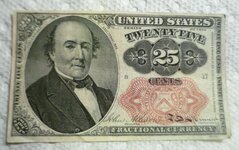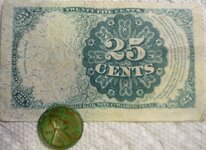postalgriff
Silver Member
- Aug 7, 2008
- 2,801
- 1,091
- 🏆 Honorable Mentions:
- 2
- Detector(s) used
- Minelab SE
- Primary Interest:
- All Treasure Hunting
a friend of mine gave me this today after letting me metal detect his yard. pretty sweet I thought, I had never seen one before





